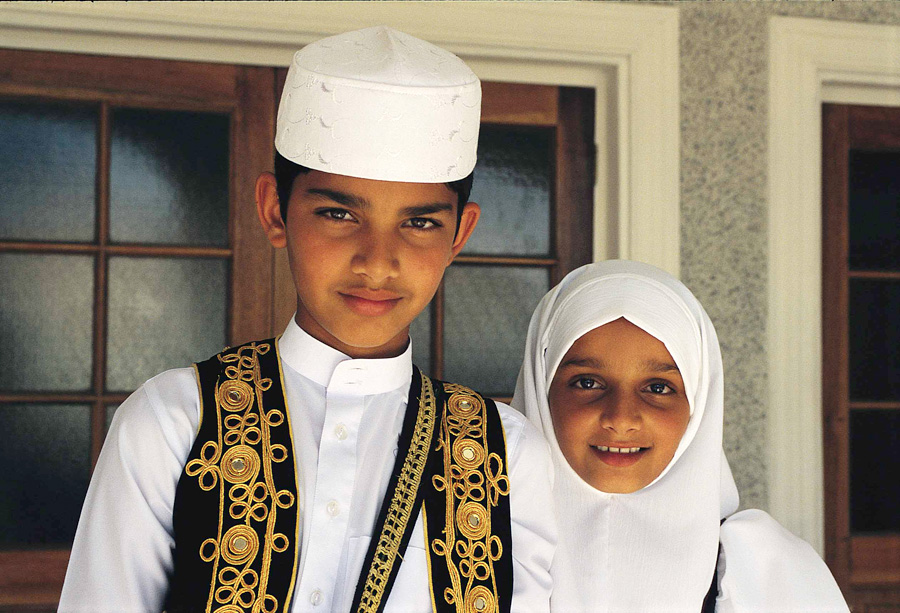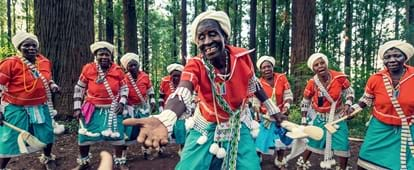More About South African Culture Today
More About South African Culture Today
Blog Article
South African Culture Today Fundamentals Explained
Table of ContentsThe smart Trick of South African Culture Today That Nobody is Talking AboutSouth African Culture Today Things To Know Before You BuyA Biased View of South African Culture TodayThe Buzz on South African Culture TodayThe 2-Minute Rule for South African Culture TodayExamine This Report about South African Culture Today
This adheres to with singing and drum beating. The groom and bride then consult with the elders and discuss the relevance of their union. A matter of relevance in Zambian villages is the diing of liked ones. All members of the town put money, time and effort together for the funeral of the deceased.Songs and dancing is a really important facet of the Zambian society. The numerous tribal systems have their very own dancing types; nevertheless, makishi is common amongst all tribes.
The 6-Second Trick For South African Culture Today
When it concerns songs, drums are used the most, with a selection of drumming ceremonies. In Zambia, bulk of the people are Christian; Protestant and Roman Catholic. There are little groups of Muslims and Hindus, with the rest complying with regional indigenous tribal beliefs.

South African heritage and culture is tremendously diverse, and contains several different teams of individuals that each have their very own customs and ideas. Having such a variety of individuals and cultures is what makes South Africa so one-of-a-kind. In truth sense of the phrase, we are a rainbow nation.
Making it the 7th on the list of nations with the most Portuguese people in it outside of Portugal. Portuguese is not only a culture, yet it is also a language and a citizenship. Portuguese individuals originate from the nation of Portugal in Europe, however, due to Portugal (like several various other countries in Europe) checking out the world and conquering various other countries during the 15th 20th centuries, South Africa has what we call Portuguese South African's living in it.
South African Culture Today Can Be Fun For Everyone
Amongst the popular features of the topography is a plateau that covers nearly 2 thirds of the center of the nation. The plateau complex rises towards the southeast, where it climaxes in the Drakensberg array, component of an escarpment that divides the plateau from the coastal locations. The Drakensburg includes Sparkling wine Castle, the greatest peak in the country.
The region north of the Witwatersrand, called the bushveld, slopes downward from east to west towards the Limpopo River, which forms the worldwide boundary. The western section of the plateau, the middleveld, additionally descends in the direction of the west and differs in altitude between the highveld and bushveld. In between the Drakensburg and the eastern and southerly coastline, the land descends to the sea.
Nearer the coast there is a low-lying plain called the eastern lowveld. Southwest of the plateau the nation becomes gradually extra dry, giving method to the hostile desert of the Great Karroo, approached the eastern by the lower, better sprinkled plateau of the Little Karroo. Separating the dry southerly inside from the sandy littoral of the southern coastline and West Cape is an additional range, the Langeberg.
What Does South African Culture Today Mean?
The country's racially, ethnically, and politically separated history has actually produced nationwide and subnational signs that still function as symbols of the country, and others icons that are accepted only by particular teams. The monoliths to white settler conquest and political supremacy, such as the Afrikaner Voortrekker find this ("pioneer") Monument in Pretoria and the Rhodes Monolith honoring the British colonial realm home builder and Cape prime preacher Cecil Rhodes, continue to be sectarian signs.
The very first modern-day occupants were the San ("bushman") hunter-gatherers and the Khoi ("Hottentot") individuals, who rounded up animals (South African culture today). The San might have existed for countless years and left evidence of their visibility in hundreds of ancient cave paints ("rock art"). Bantu-speaking clans that were the forefathers of the Nguni (today's amaZulu, amaXhosa, amaSwazi, and vaTsonga peoples) and Tswana-Sotho language groups (today's Batswana and Southern and Northern Basotho) moved down from east Africa as early as the fifteenth century

The 2 previous republics of the Orange Free State and Transvaal (South African Republic) were established by Afrikaner settlers that beat and dispossessed the Basotho and Batswana. Lesotho would have been by force integrated right into the Orange Free State without the extension of British protection in 1869. The best marriage of the nation resulted from the South African War (18991902) in between the British and the two Afrikaner republics, which lowered the country to look at this website ruin at the beginning of the twentieth century.
Afrikaners traditionally considered themselves the just real South Africans and, while giving complete citizenship to all residents of European descent, refuted that status to individuals of shade till the autonomous shift of 1994. British South Africans retain a sense of cultural and social connection to Great Britain without damaging their identity as South Africans.
What Does South African Culture Today Mean?
The variety and fragmentation within ethnic collections and the equilibrium of stress between those teams throughout the twentieth century prevented interethnic civil problem. While intergroup stress over sources, entitlements, and political supremacy continue to be, those conflicts are as most likely to match Zulu against Zulu as Zulu against Xhosa or African versus Afrikaner.
From colonial India, British merchants and managers brought the rounded metal ornamental roof coverings and slim lace work columns that still typify the verandas of homes in the areas and cities throughout the country. Homes of praise contribute a crucial building aspect even in the tiniest towns. Along with the rising steeples and timeless stonework of Afrikaans Dutch visit this site right here Reformed churches, Anglican churches, synagogues, mosques, and Hindu temples give selection to the religious building scene.

Butchering and the developing of conventional grain beer are vital in safeguarding the involvement and a good reputation of the forefathers that are thought about the guardians of excellent fortune, prosperity, and health. Indian neighborhoods keep their native culinary customs and use them on Islamic and Hindu routine and ritualistic occasions. Afrikaners and Coloured people gather at weekends and special celebrations at multifamily barbecues called braais, where community bonds are enhanced.
Due to the fact that this was the key economic enterprise of both black Africans and white colonists, dispute in between those teams fixated the belongings of grazing land and animals. In 1867, the biggest ruby deposits on the planet were found at Kimberley in the west main location. The riches from those fields helped finance the exploitation of the best gold reef on the planet, which was found on the Witwatersrand in 1886.
The Facts About South African Culture Today Uncovered
This led to misunderstandings and calculated misstatement in the ventures of white inhabitants and government officials with African chiefs throughout the early american duration (South African culture today). In the facility of African books, some aspects of public and chiefly "tribal trust" land period were protected, and even in white backwoods, kinds of common tenure were still exercised in locations with African neighborhoods
After the democratic transformation of 1994, programs for land restitution, redistribution, and reform were set up, however progress has been slow-moving. The white minority still manages eighty percent of the land. In the wake of agricultural land intrusions in Zimbabwe, the Department of Land Matters has promised to speed land redistribution.
Report this page